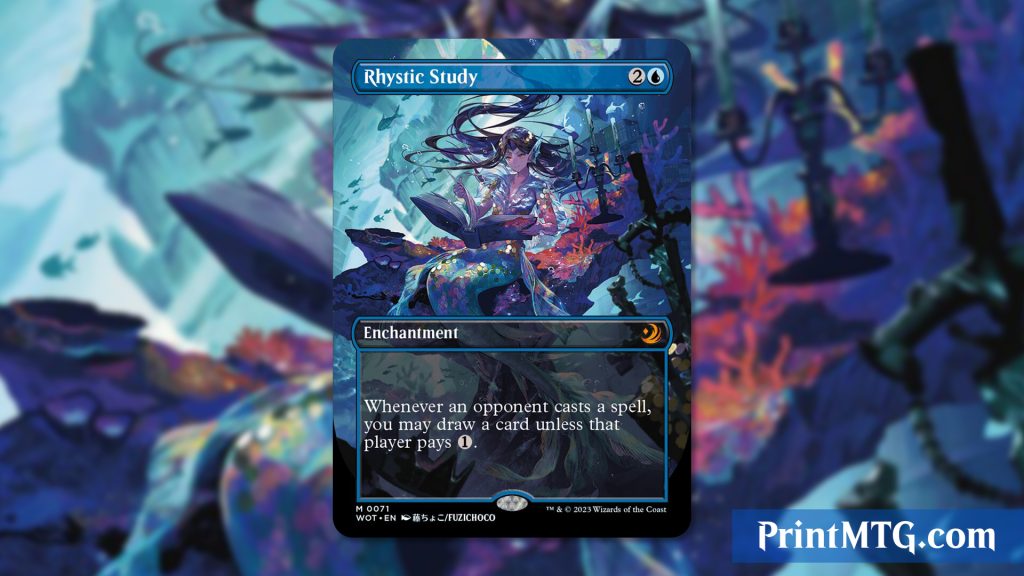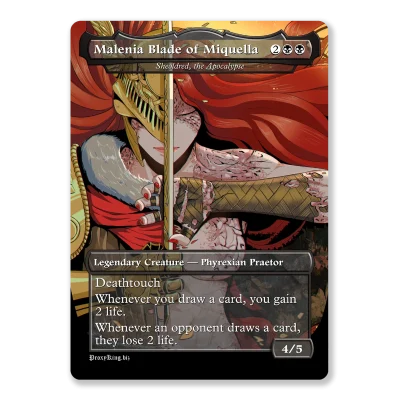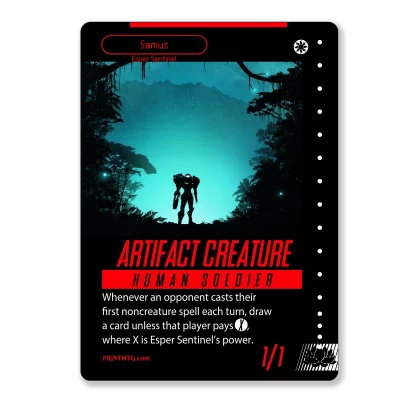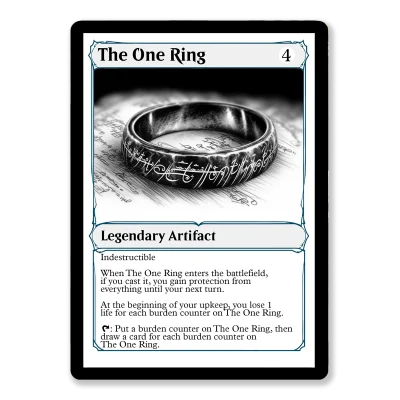Enchantments are cards that have a lasting effect on the game once they are played. They can influence the battlefield by providing ongoing benefits or detriments, modifying rules of play, or even transforming the game’s environment. Unlike other card types that might have a one-time effect or be used for direct combat, enchantments persist on the battlefield and continually affect the game as long as they remain in play.
Auras are a specific subset of enchantments that require a target, usually another permanent on the battlefield, such as a creature, land, or even a player. When an aura is played, it must attach to the designated target, granting it new abilities, enhancing its stats, or possibly imposing restrictions depending on the aura’s nature. This targeting requirement adds a layer of strategy to using auras, as they can turn the tide of battle by bolstering one’s creatures or hindering an opponent’s. However, suppose the target of an aura is removed before the aura can attach. In that case, the aura will typically go to the graveyard, highlighting the importance of timing and strategic planning in their deployment.
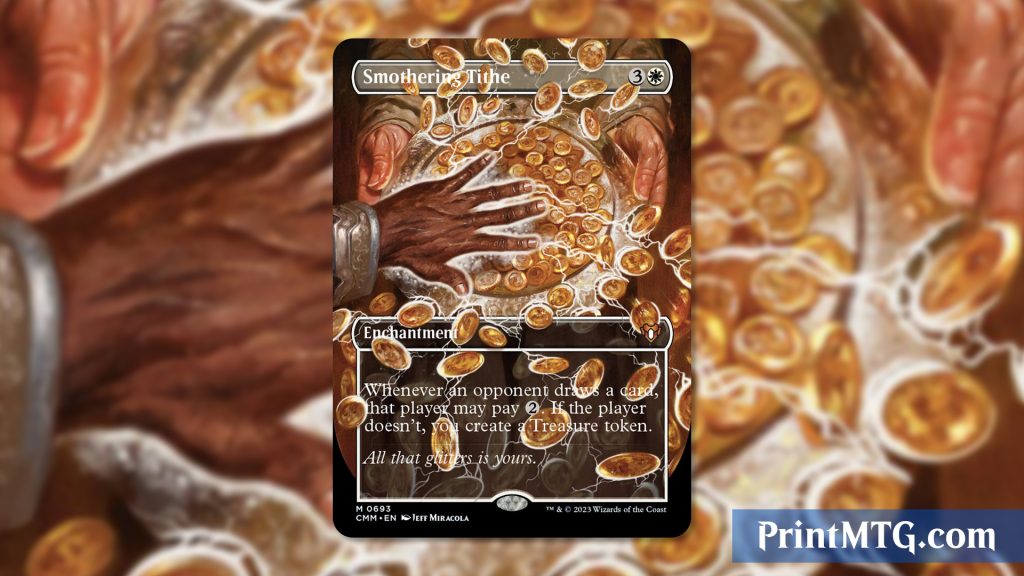
Mechanics of Enchantments and Auras
When casting an aura, the caster must select a target to attach to, adhering to the game’s rules on targeting. This can create complex situations, especially when dealing with permanents with protective abilities such as hexproof, preventing opponents from targeting them. Auras can get around these defenses in certain game situations, such as when they return from the graveyard to the battlefield, and give the player the freedom to choose a different target without being subject to hexproof. This interplay of rules adds depth to the game’s strategy. It encourages players to consider the broader implications of each action they take.
Understanding the strategic use of auras and enchantments is crucial for new and experienced players. Auras can significantly enhance a player’s creatures by increasing their power and toughness, granting them new abilities, or even changing their fundamental characteristics. Conversely, auras can also be used defensively or offensively against opponents by restricting their creatures’ abilities or directly affecting their gameplay. Enchantments without the aura subtype can create conditions that affect the entire battlefield, shaping the game’s progress and influencing the strategies of all players involved.
History of Enchantments in MTG
From the game’s inception, enchantments have been used to add complexity and depth to matches, evolving to include various effects and interactions. The introduction of auras and, later, specialized enchantments like Sagas, which tell a story through their sequential effects, showcase the game’s rich lore and its ability to reinvent itself. These developments enrich the game’s strategic possibilities and narrative depth, allowing players to engage with the game on multiple levels.
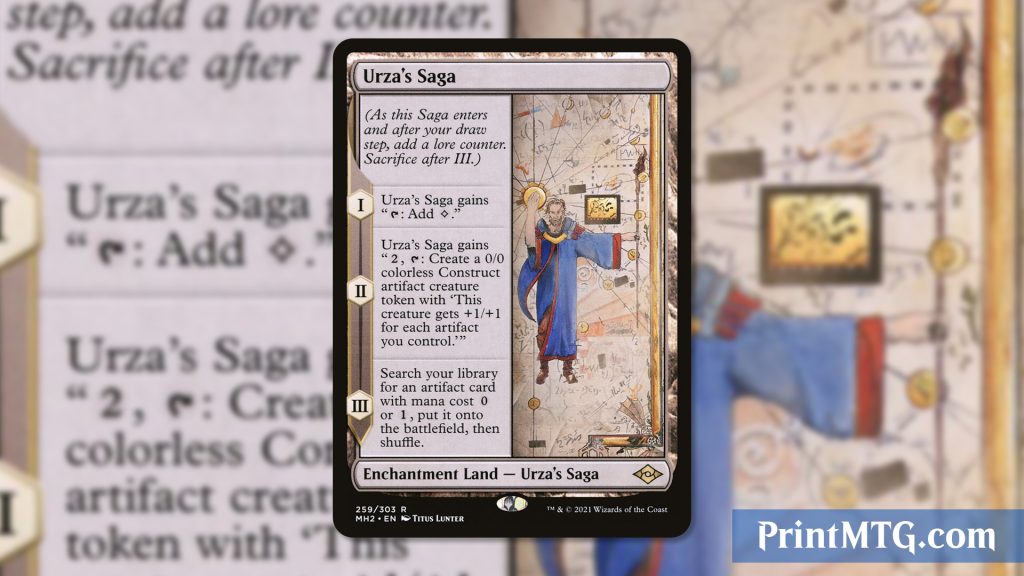
Enchantments vs Auras vs Saga Cards
Enchantments, auras, and sagas in Magic: The Gathering (MTG) are all subtypes of enchantment cards, yet they function in distinctly different ways within the game. Here’s a brief overview of each, based on the general rules of MTG:
- Enchantments are a broad category of cards that represent persistent effects on the battlefield. They do not require a specific target when cast and remain in play, providing a continuous effect until removed. Enchantments can affect various aspects of the game, from increasing mana production to limiting what actions players can take. Their wide-ranging abilities make them versatile components of many strategies.
- Auras are a subtype of enchantments that require a target when they are cast. These targets can be creatures, lands, players, and sometimes other types of permanents, depending on the aura’s text. Auras attach to their target and provide benefits or impose restrictions on that target. For example, an aura might increase a creature’s strength and toughness or prevent it from attacking or blocking. If the target of an aura is removed from the battlefield, the aura is typically sent to the graveyard, reflecting its dependence on the targeted permanent.
- Sagas are a relatively newer subtype of enchantments introduced with the Dominaria set. They represent stories from the lore of MTG, unfolding over several turns. Each saga has multiple abilities, called chapters, that activate in sequence each turn starting the turn after the saga enters the battlefield. After the final chapter ability has been activated, the saga is sacrificed. Sagas provide a unique way to gain incremental advantages, with their effects building up to a final, often powerful, outcome.
Powerful Enchantment and Aura Cards
Here’s a list of five powerful enchantments and auras in Magic: The Gathering, known for their ability to significantly impact gameplay:
- Eldrazi Conscription – This aura turns any creature into a massive threat by granting it +10/+10, trample, and annihilator 2, making it a formidable force on the battlefield that can quickly end games if not addressed.
- Bear Umbra – Provides a creature with +2/+2 and has the totem armor ability, which can save the creature once from destruction. Moreover, it untaps all lands you control when the enchanted creature attacks, offering a significant ramp in mana and allowing for multiple plays in a single turn.
- All That Glitters – This aura boosts a creature’s power and toughness for each artifact and enchantment you control, making it particularly powerful in decks that heavily utilize these card types, potentially turning even the smallest creature into a huge threat.
- Flickering Ward – A one-mana aura that can be returned to its owner’s hand at will, granting protection from a chosen color to the enchanted creature. This flexibility allows it to protect the creature from most forms of removal and can be used repeatedly to adapt to changing battlefield conditions.
- Hyena Umbra – Another aura with the totem armor ability, giving the enchanted creature +1/+1 and first strike. The totem armor ability provides resilience against destruction, making it a valuable defensive tool that can also enhance a creature’s combat capabilities.
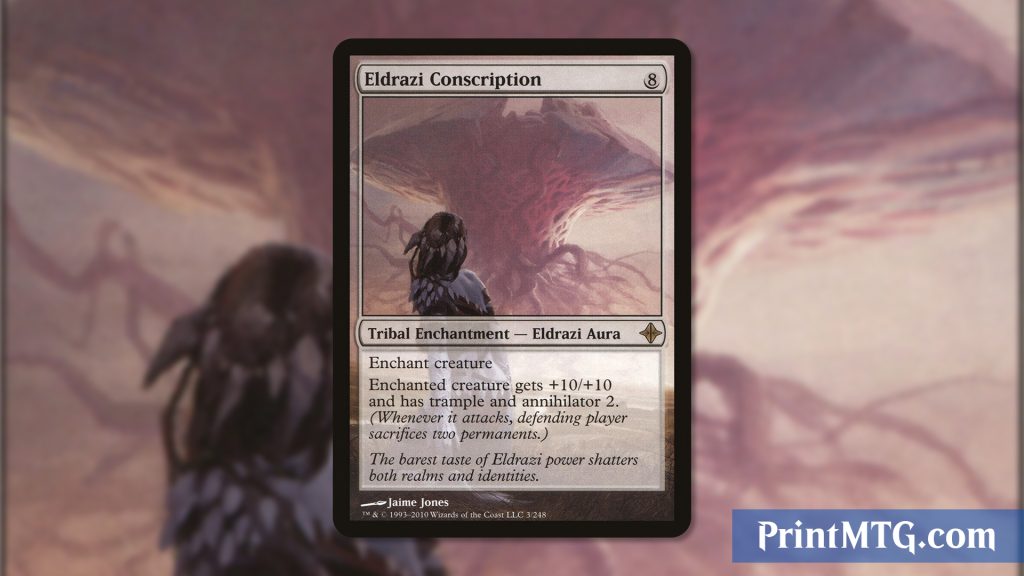
Final Thoughts
In conclusion, enchantments and auras are pivotal in Magic: The Gathering, offering players unique ways to influence the game and challenge their opponents. Through strategic deployment and understanding of their intricate rules, players can utilize these cards to craft complex strategies and adapt to the ever-changing battlefield. The continuous evolution of these card types reflects the game’s ability to remain fresh and engaging, ensuring it remains a beloved pastime for players worldwide.
FAQ
- Do enchantments always target?
- Enchantments themselves do not always target. Only Aura spells, which are a subtype of enchantments, always target when they are being cast because they must attach to a specific object or player. Other enchantments can have effects that influence the game without needing a specific target upon casting.
- Can an enchantment be considered a spell?
- Are Auras the only enchantments that target?
- Do enchantments have summoning sickness?
- Can Auras target creatures with hexproof or shroud?

